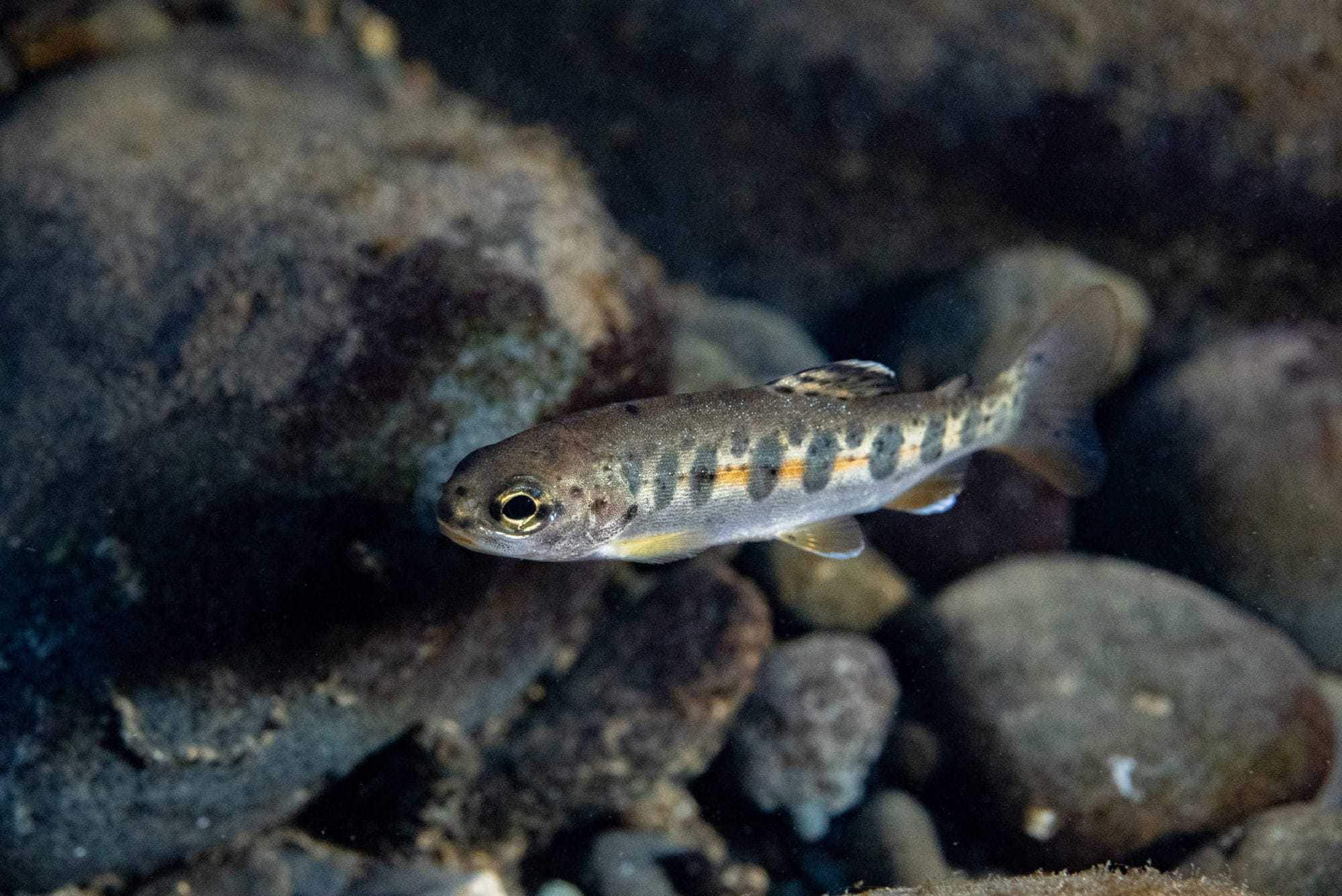
As a part of a Landmark deal reached on the Oregon Private Forest Accords, Oregon committed to updating the state’s Forest Practices Act- and the water typing policy within it. This took place after 9 months of negotiations with 13 timber industry representatives and 13 conservation and fishing groups.
Water typing, or determining whether or not a body of water flows year round, or is fish habitat, is a difficult task to complete. Yearly weather variations, and annual migration patterns can yield tricky field surveying protocols, and hard to find species. However, these things matter because they affect the type of stream buffer that the Forest Practices Act call for– and it is important to get it right.
Science director, Jamie Glasgow, participated in the team of experts providing guidance to the negotiations, bringing his years of knowledge working on Washington State’s stream typing policy. In short, Oregon agreed that the Oregon Department of Fish and Wildlife, rather than the Oregon Department of Forestry, will become the central keeper of stream typing data, and the latest and best science and technology will be used to build, test, and rationalize this information.
While more details are yet to be born out, such as updating the stream layer with high resolution hydrologic data and developing protocols for when and how eDNA is to be used, the commitments to update the policy are a welcome change.
To read the full set of updates to the Oregon Forest Practices Act, follow this link to our resources page.